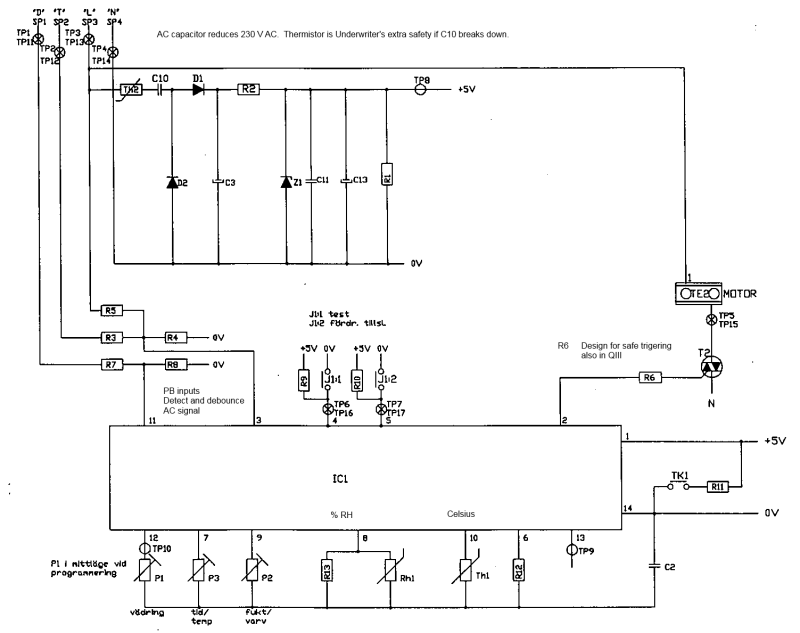Moonwalker031
Electrical
- Jun 5, 2010
- 33
I have disigned a dimmer circuit using Pic12F629. It works fine but with a little electrical noise the pic is resetting. I have added L1 and L2 inductors (see circuit) and some capacitors across the supply but did not solve it completely.
Any idea how to make Pic completely immune to mains noise?
Any idea how to make Pic completely immune to mains noise?


